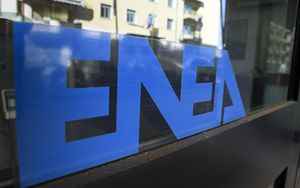(Finance) – A new robot capable of supporting, and in some cases replacing, crew members of orbital space missions in the maintenance and monitoring of external structures, to relieve stress and reduce risks. That’s what they’re developing AENEAS And University of Rome “Tor Vergata”as part of the two-year project TORVEasterfinanced by the Lazio Region, through the Lazio Innova company.
The project starts from a patent of prof. Marco Ceccarelli of the Robotics and Mechatronics Laboratory of the Department of Industrial Engineering of the University of Rome Tor Vergata, while researchers from the Robotics and Artificial Intelligence Laboratory of the Department of Energy Technologies and Renewable Sources are involved for ENEA. “The innovations of robot TORVEastro reside in its central body, which contains the servo motors to which limbs are connected which can function as arms or legs if necessary, and in the solutions adopted by means of cables which act as tendons to transmit the action from inside the body to the limbs”, explains prof. Ceccarelli, scientific director of the project.
“In design mechanics of the robot it was necessary to take into account the characteristics of the space environment, such as the considerable temperature ranges, the high levels of cosmic radiation, the absence of atmosphere and the collisions with space debris”, explains the researcher Marco Paoloni, coordinator of the project for ENEA.
During activities carried out outside the railway station orbitingthe astronauts they also face 6 hours of work exposed to risks that can endanger their own lives, such as the presence of the so-called ‘space garbage’ made up of debris which, moving at high speeds, can puncture spacesuits. “The use of a robot can be decisive in these cases, also to avoid the risk of malfunctioning of the survival equipment present in the suits worn,” adds Paoloni.
In addition to taking into account the extreme environment, the project is focusing on precision machining of elements mechanical and the robustness of the control software. “Precisely for the latter, as ENEA, we have worked specifically to implement the algorithms that allow the robot’s limbs to carry out their tasks in a coordinated way”, concludes Paoloni.
After being presented in various international congresses, the TORVEastro robot will be illustrated in detail during the final event of the project in April 2023.
